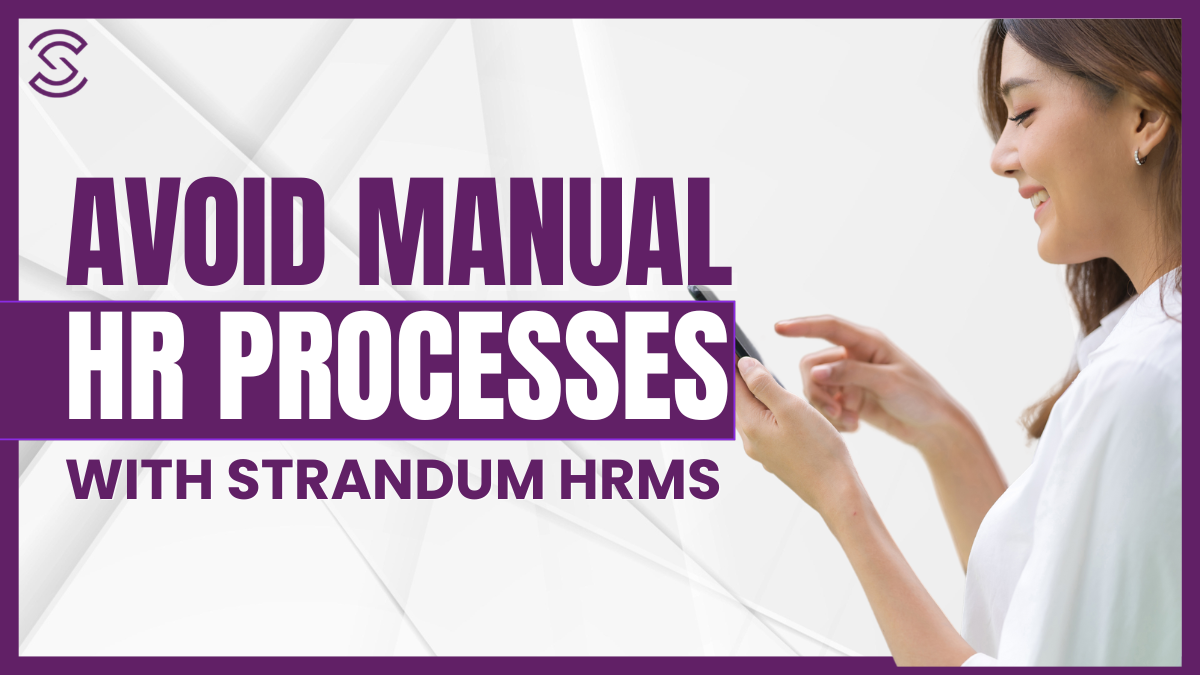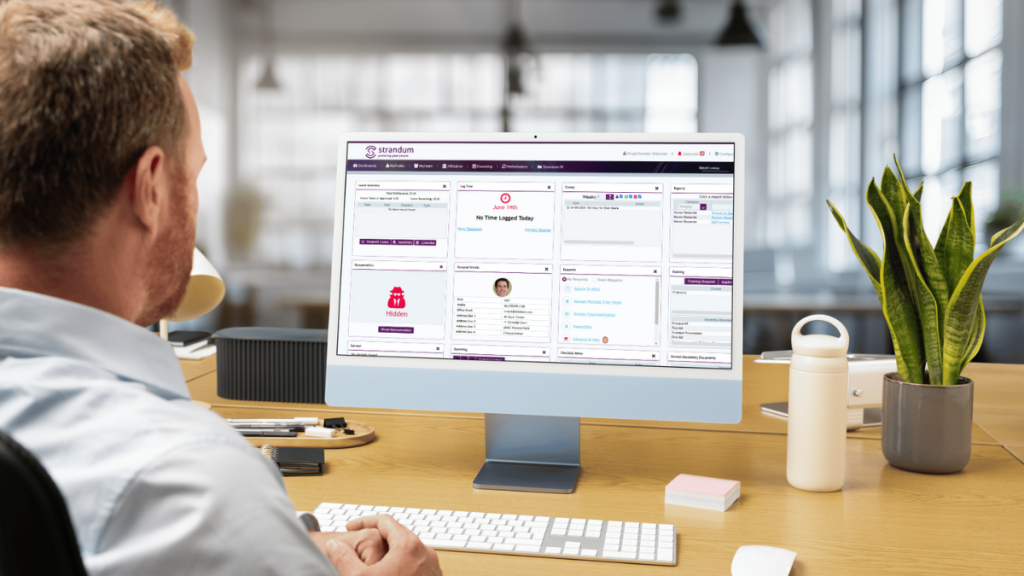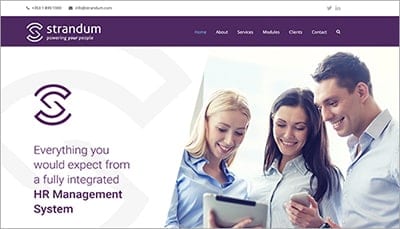
Avoid Manual HR Processes with HRMS: Why a Tailored Solution is Essential
Implementing a Human Resource Management System (HRMS) should eliminate manual HR processes, streamline workflows, and enhance efficiency. However, many organisations still struggle with fragmented workflows and manual interventions even after investing in a digital HR system. This problem often stems from using off-the-shelf HRMS solutions that are not tailored to the unique needs and processes of the business.

The Challenge: One-Size-Fits-All HRMS Solutions
Many out-of-the-box HRMS products promise to handle various HR tasks, from recruitment to payroll. However, a one-size-fits-all solution often results in mismatched functionalities, forcing HR teams to revert to manual processes. This not only reduces productivity but also introduces errors and inconsistencies.
Common Issues with Off-the-Shelf HRMS Systems:
- Inflexible Features: Standard HRMS solutions may lack the specific features required for specialised industries or complex organisational structures. This lack of flexibility leads to manual workarounds and additional administrative burden.
- Limited Integration Capabilities: If an HRMS cannot integrate seamlessly with other core business systems such as accounting software or project management tools, it creates data silos and requires manual data entry across platforms.
- Generic User Experience: A standard HRMS may not cater to the diverse needs of your workforce, making it difficult to engage employees and provide them with the tools they need. This results in a disjointed user experience, causing employees to resort to manual processes to get their tasks done.
Why Manual Processes Persist Despite Digital Systems
Even with a digital HRMS, manual processes persist if the system is not adaptable or fails to fully automate workflows. Here are some common scenarios where manual processes continue:
- Manual Data Entry and Reporting: If the HRMS lacks advanced reporting capabilities or does not pull data from different sources, HR professionals may still need to manually export and compile reports.
- Incomplete Onboarding and Document Management: If the onboarding process is not fully digitised or does not integrate with document management systems, HR staff must manually handle paperwork, increasing the risk of delays and compliance breaches.
- Approval Workflows Reverting to Manual Processes: When systems don’t offer flexible approval workflows, routine tasks such as leave requests or expense approvals often revert to email chains and manual tracking.
- Compliance Risks: Outdated HRMS systems can complicate compliance management, leading to manual tracking of policy acknowledgements, training completions, and other critical updates. This is particularly problematic when dealing with location-specific regulations.

The Hidden Costs of Manual HR Processes
Every manual HR process comes with hidden costs—both in terms of time and productivity. Manual interventions increase the risk of errors, consume valuable HR resources, and delay critical HR functions. Ultimately, relying on manual processes can lead to:
- Increased Administrative Burden: Manually updating records or handling complex workflows can occupy a significant portion of HR staff time, preventing them from focusing on strategic activities.
- Data Inaccuracies: Manual data entry increases the likelihood of errors, leading to inconsistencies that affect decision-making and compliance.
- Employee Dissatisfaction: When employees must navigate complicated manual workflows, it impacts their experience and engagement, potentially leading to higher turnover rates.
Avoid Manual HR Processes with a Tailored HRMS Solution
To truly avoid manual HR processes, companies need an HRMS that aligns with their unique workflows, compliance requirements, and business goals. This is where a tailored solution becomes essential. Unlike rigid, off-the-shelf systems, a tailored HRMS can adapt to your organisation’s specific processes, integrate seamlessly with other tools, and offer the flexibility to scale as your business evolves.
Key Benefits of a Tailored HRMS:
- Custom Workflows to Avoid Manual Interventions: Build workflows that match your organisation’s approval processes, eliminating the need for manual interventions and automating repetitive tasks.
- Seamless Integration Across Business Systems: Connect with other core systems like financial platforms or project management tools, creating a unified data flow and reducing manual data entry.
- Enhanced Employee Experience: Customise dashboards, portals, and engagement tools to suit the diverse needs of your workforce, from remote teams to deskless workers.
- Scalability for Future Growth: As your company expands, a tailored HRMS can easily adapt to new locations, roles, or compliance requirements without losing efficiency.

How Strandum Can Help You Avoid Manual HR Processes
At Strandum, we understand that no two organisations are the same. Our solutions are designed to eliminate manual HR processes by providing tailored features and integration options that fit your business needs. Whether your organisation requires complex approval workflows, comprehensive compliance tracking, or integration with multiple platforms, we can ensure that our HRMS works for you—not the other way around.
By focusing on creating customised solutions that adapt to your business, Strandum empowers HR teams to avoid manual processes and focus on strategic initiatives that drive business success.
Ready to avoid manual HR processes and make your HRMS truly work for you? Contact us today to learn more about how a tailored solution can transform your HR operations.



